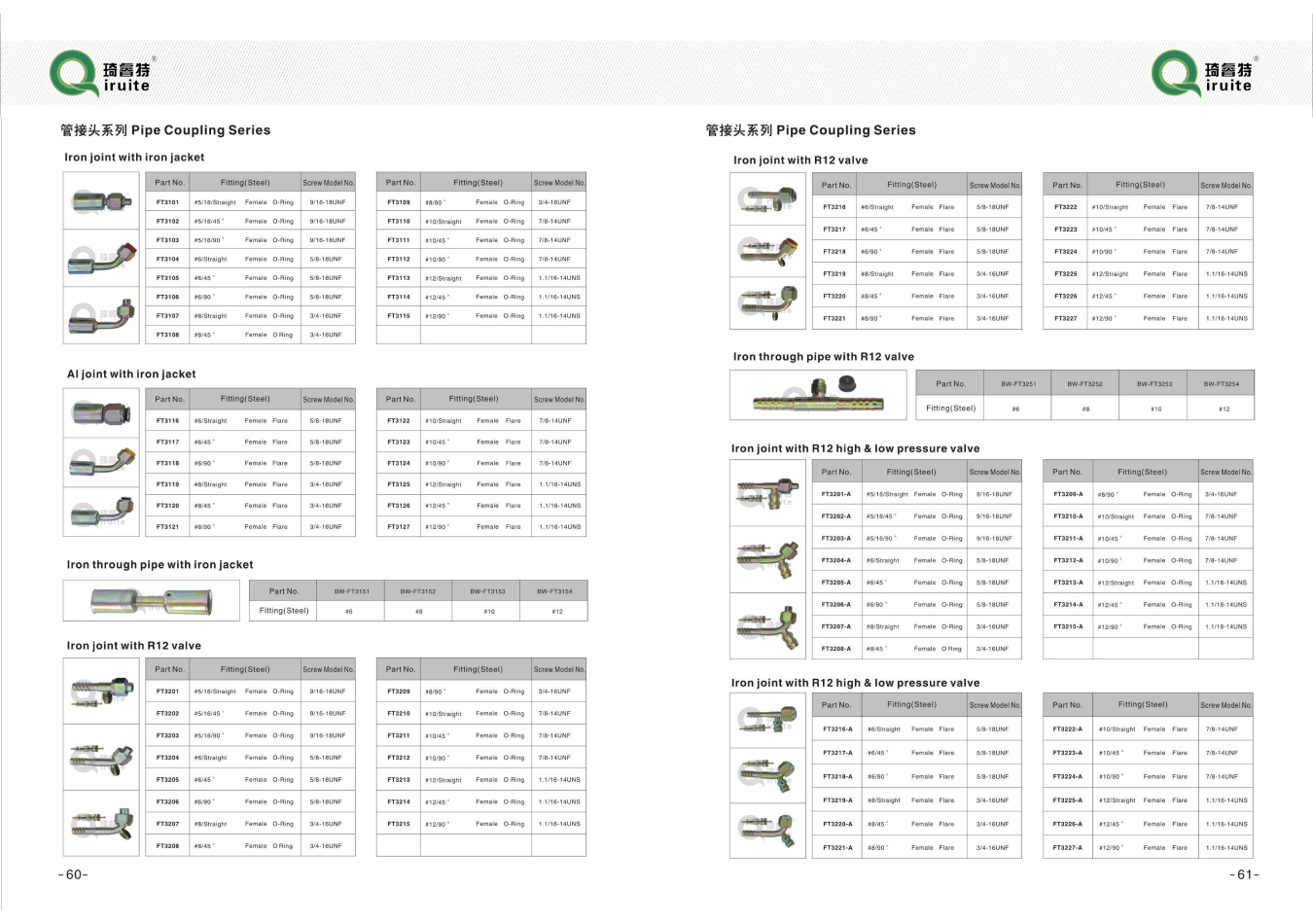How to Replace the Power Steering Hose on a Nissan Altima
Replacing the Power Steering Hose on a Nissan Altima
The power steering system in your Nissan Altima is essential for smooth and controlled steering. One of the critical components of this system is the power steering hose, which helps to direct hydraulic fluid from the pump to the steering gear. Over time, this hose can wear out, leading to leaks, reduced steering performance, and potential damage to other components. Replacing the power steering hose is a manageable task for those with basic automotive knowledge. This article will guide you through the steps involved in replacing the power steering hose in a Nissan Altima.
Tools and Materials Needed
Before you get started, ensure you have the following tools and materials ready
- New power steering hose (specific to your Altima model) - Power steering fluid - Wrench set - Screwdriver - Pliers - Clean rags
Step-by-Step Replacement Process
1. Preparation
Begin by parking your Nissan Altima on a level surface and turning off the ignition. Allow the engine to cool down to prevent any burns during the replacement process. Make sure to wear safety glasses and gloves to protect yourself.
2. Access the Power Steering Hose
Open the hood and locate the power steering pump. The power steering hose will generally be running from the pump to the steering gear. Depending on the model year, you may need to remove other components, such as the air intake or engine covers, to gain better access.
3. Drain Power Steering Fluid
Before disconnecting the hose, place a container underneath the vehicle to catch any spilling fluid. Use a wrench to loosen the clamps or nuts securing the hose to the pump and steering gear. Carefully detach the hose and allow any remaining fluid to drain into the container.
nissan altima power steering hose replacement

4. Remove the Old Hose
With the hose detached, inspect it for any signs of wear or damage, such as cracks or leaks. If you’re replacing the hose due to a leak, make sure to check the fittings on the steering gear and pump for any damage as well.
5. Install the New Hose
Take your new power steering hose and compare it with the old one to ensure it is an exact match. Connect the new hose to the pump first, tightening it securely with a wrench. Then, connect the other end to the steering gear and ensure it is also securely fastened.
6. Replenish the Power Steering Fluid
After installing the new hose, it’s essential to refill the power steering fluid. Check your owner’s manual for the recommended type of fluid. Pour the fluid into the reservoir until it reaches the appropriate level.
7. Bleed the Power Steering System
To remove any air from the system, start the engine and turn the steering wheel from lock to lock several times. This will help circulate the fluid and eliminate any trapped air. Check the fluid level again and add more if necessary.
8. Check for Leaks
Finally, with the vehicle running, inspect the connections of the new hose for any signs of leaks. If everything looks good, turn off the engine and clean up any spilled fluid.
Conclusion
Replacing the power steering hose on a Nissan Altima is a straightforward process that can save you time and money. By following these steps, you can ensure your steering system operates smoothly and efficiently, enhancing your driving experience. Regular inspections and maintenance of your power steering system will keep your Nissan Altima in optimal condition for years to come. If you encounter any issues during the replacement process or feel uncertain, don’t hesitate to consult a professional mechanic.
-
Ultimate Spiral Protection for Hoses & CablesNewsJun.26,2025
-
The Ultimate Quick-Connect Solutions for Every NeedNewsJun.26,2025
-
SAE J1401 Brake Hose: Reliable Choice for Safe BrakingNewsJun.26,2025
-
Reliable J2064 A/C Hoses for Real-World Cooling NeedsNewsJun.26,2025
-
Heavy-Duty Sewer Jetting Hoses Built to LastNewsJun.26,2025
-
Fix Power Steering Tube Leaks Fast – Durable & Affordable SolutionNewsJun.26,2025

